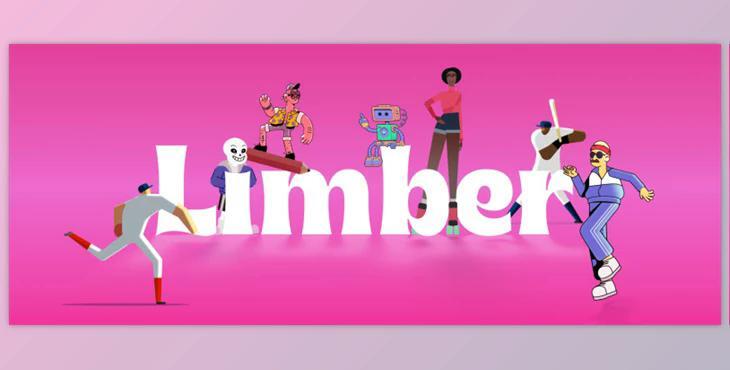
Aescripts Limber: Now you Can RIG YOUR ARTWORK INTO LIMBS Using a Few clicks! Works with almost any form layer. Vector IK for After Effects
The product is in the After Effects Plugins category from AeScripts, for more information about this post you can click on the home page link in the sidebar.
To search for similar products to After Effects limber,
Does this product work on Windowns and Mac Os? We mostly include the operating system in the title. If it is not written, it will work on Windows, and you can for the Mac version.
What's Limber?
Limber is an add-on for Results, making Animating 2D characters faster and simpler. Our limbs have been Inverse Kinematic form layers that may be made in only a few clicks. It's possible to devote some time to categorize and Publish theme animation in a couple of seconds, based on what you require.
As Soon as You're animating, the positive controls for posing And motion are in their category. FK to IK, foot, and hand turning, which way the toenails stinks... can be easily animated or mixed from 1 country to another. Limber also offers an anti-pop land to smooth outside pops and blips and create animating walk cycles faster and simpler.
From day one, Limber has been made by animators, for animators. We think animation should be entertaining, and the resources must make it easier, not more complex. Limber concentrates on doing something well - limbs because of character animation.
How can this function?
A limber can create two kinds of limb - Bone and ligaments. Tapers are all... tapered and located in three circles. They can have up to 3 colors that are split across the limb with straight lines and may be curved to provide the feeling of quantity. Bones are short, path-based limbs that could revolve around the joint. You design bones using conventional contour layer properties.
Choose the kind you need and how you want it to be more Called, and click New. Bones may also be produced by simply drawing a route with three factors and clicking on the Route to the Bone button. Every new limb consists of 3 layers: the rendering limb coating and two control layers. Parent the trendy control for a character's body coating, subsequently parent a foot coating into the foot control and reestablish its standing. It is as straightforward as that.
This control layer is a result of controlling The limb's look. When you've got it looking the way you want, immediately hit the Duplicate button to create another equal limb with its controls. The Copy and Paste buttons will automatically replicate one limb's features over to another limb, such as whatever's been altered from the thoracic Layer. This is the way you're able to access all of the alternative limbs which we have made for you at the Limb Library - a constantly updated selection of innovative limbs with additional features and design capabilities.
How can I use my own layouts with Limber?
To rig your artwork to a sidewalk, it needs to maintain a Single contour layer for every part of this sidewalk (lower and upper ), set, and adapt as you need them to wind up looking. We advocate designing in Adobe Illustrator, simplifying using layers, then employing the Layer>Create>Create Shapes from Vector Layer command. Select your own limb and artwork layers and click on Rig & Pose. Assess the way the layers are delegated in the options panel, and then click on OK. Limber will replicate the contents of the silhouette layers above to the sidewalk, inside particular groups, which will extend and move with this.
The present function takes three-ring layers, e.g., out of Adobe Illustrator, and sets the present and looks of a limb according to these. It's possible to use the present function in precisely the same period as rigging art layers, making for a very compact character layout workflow.
What exactly do I want to understand?
The 7-day trial variation is Restricted to 2 limbs each comp. FK and Joint controls are disabled, and you Can't copy and paste customized surface layers. Look at the Internet User Guide To learn more, or leave a query in the comments area.
New changes: